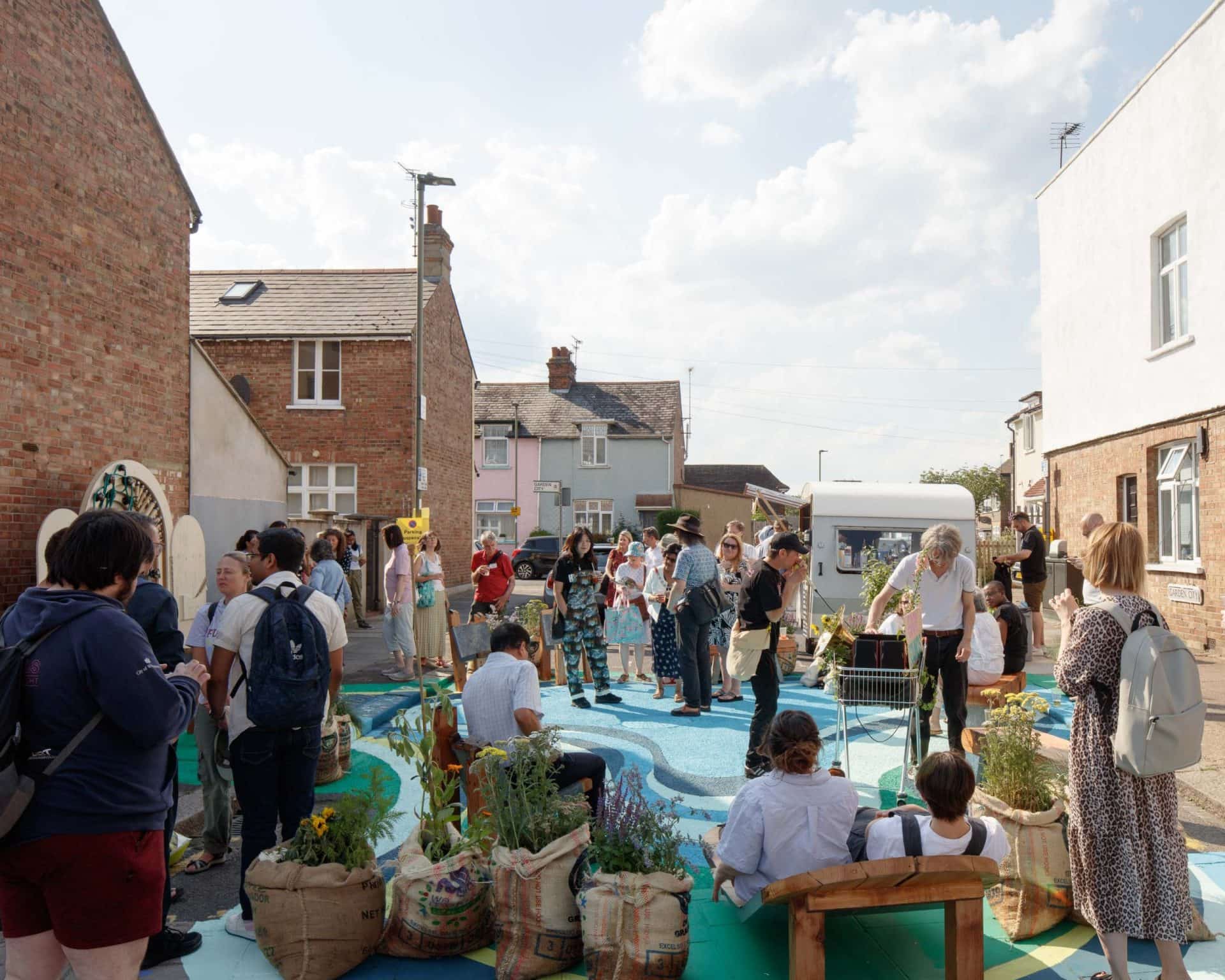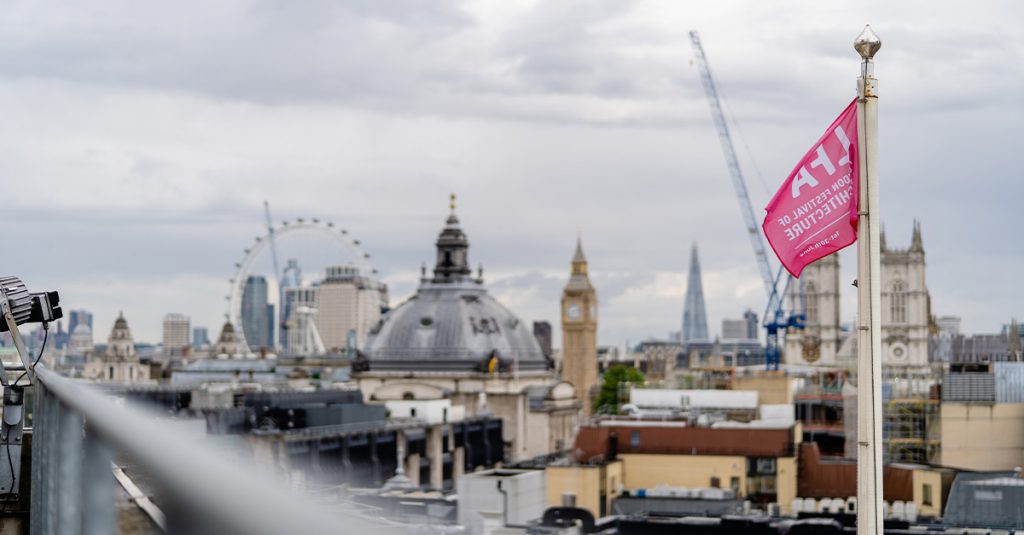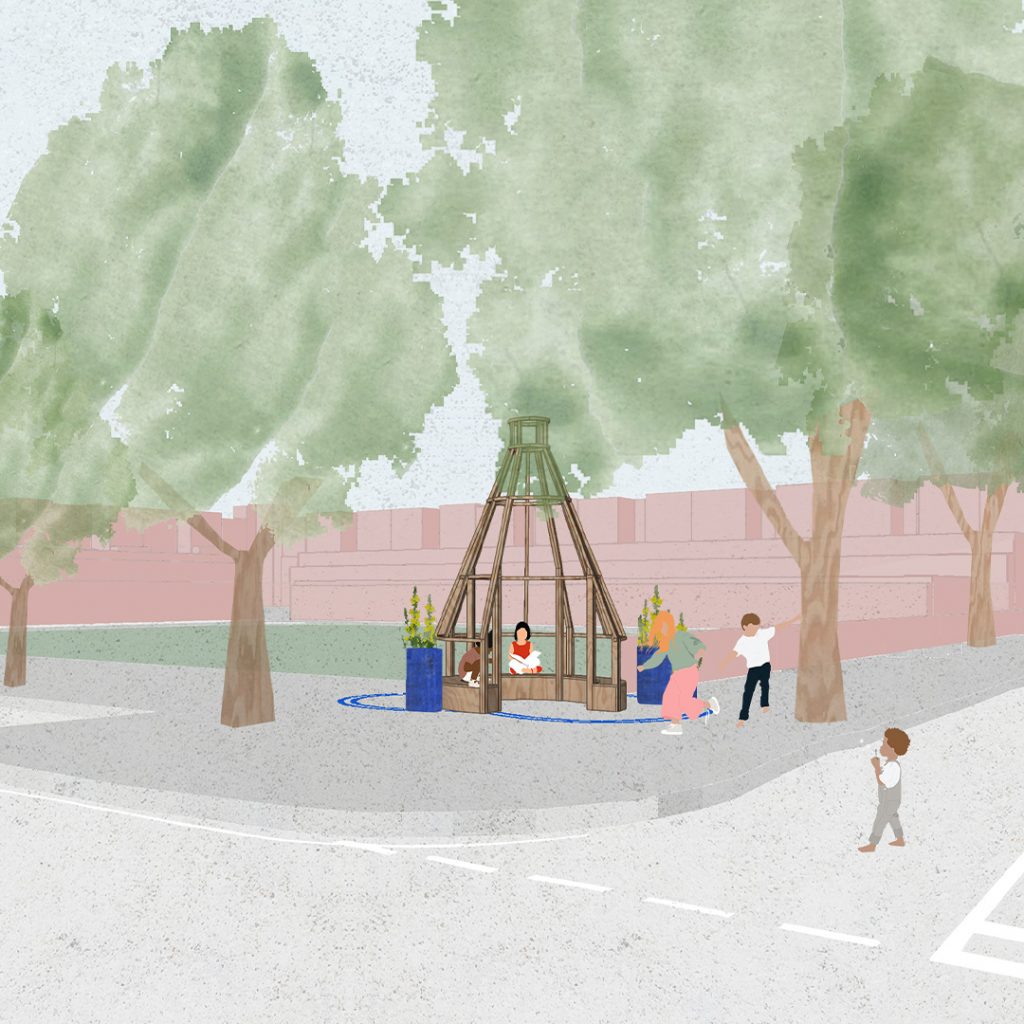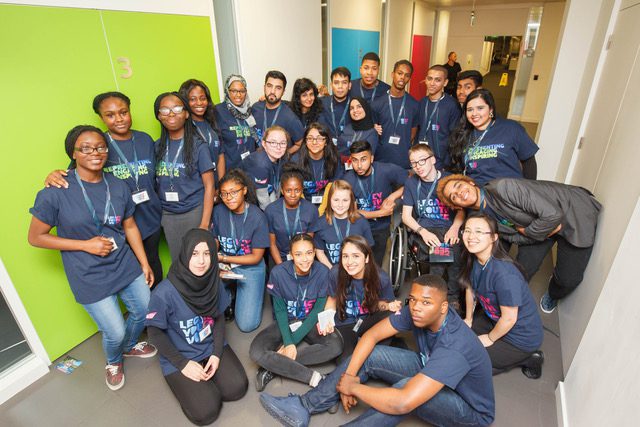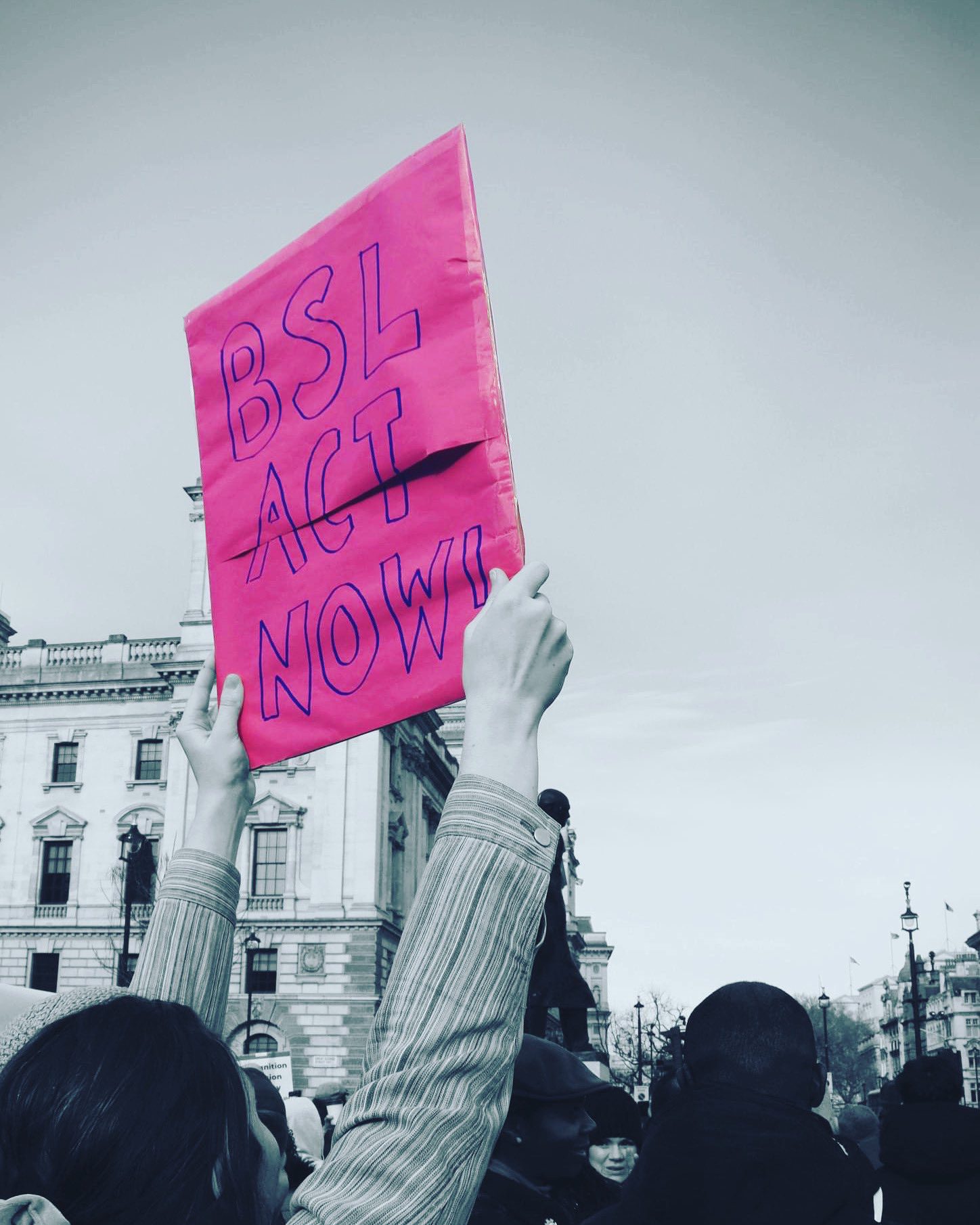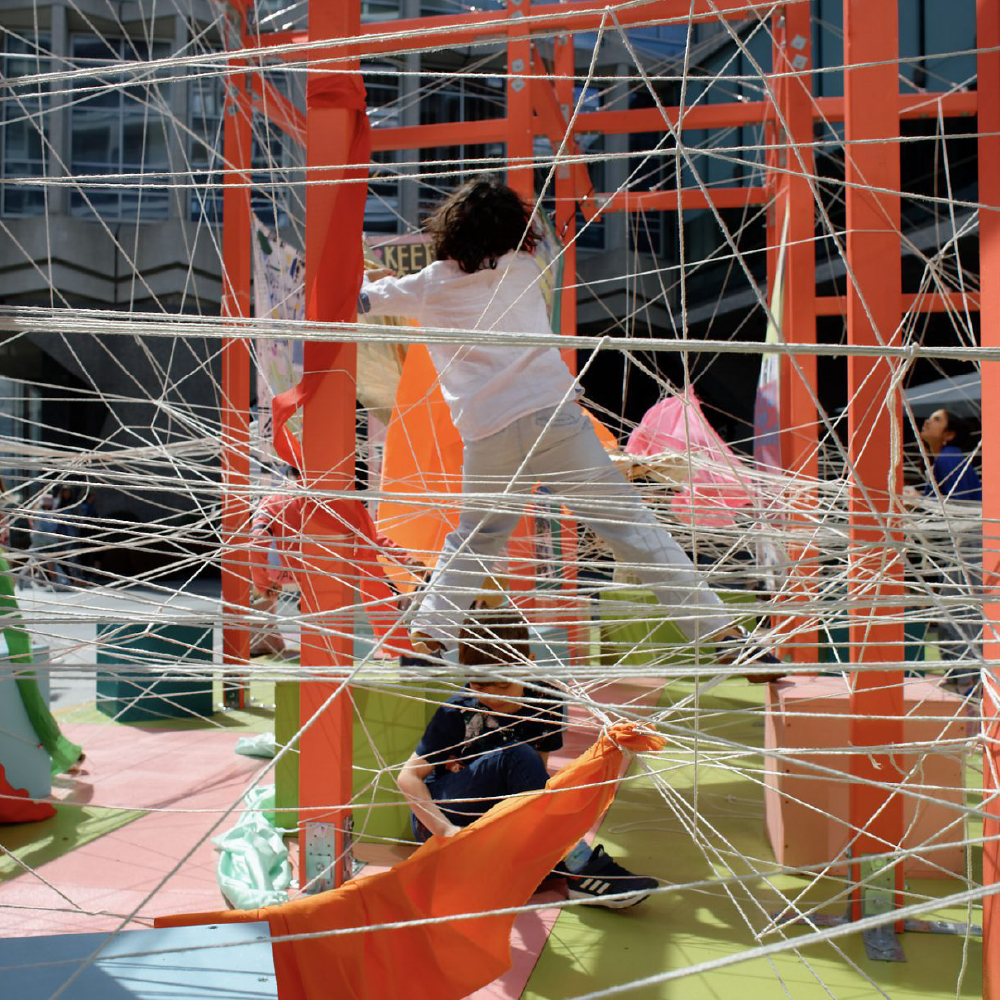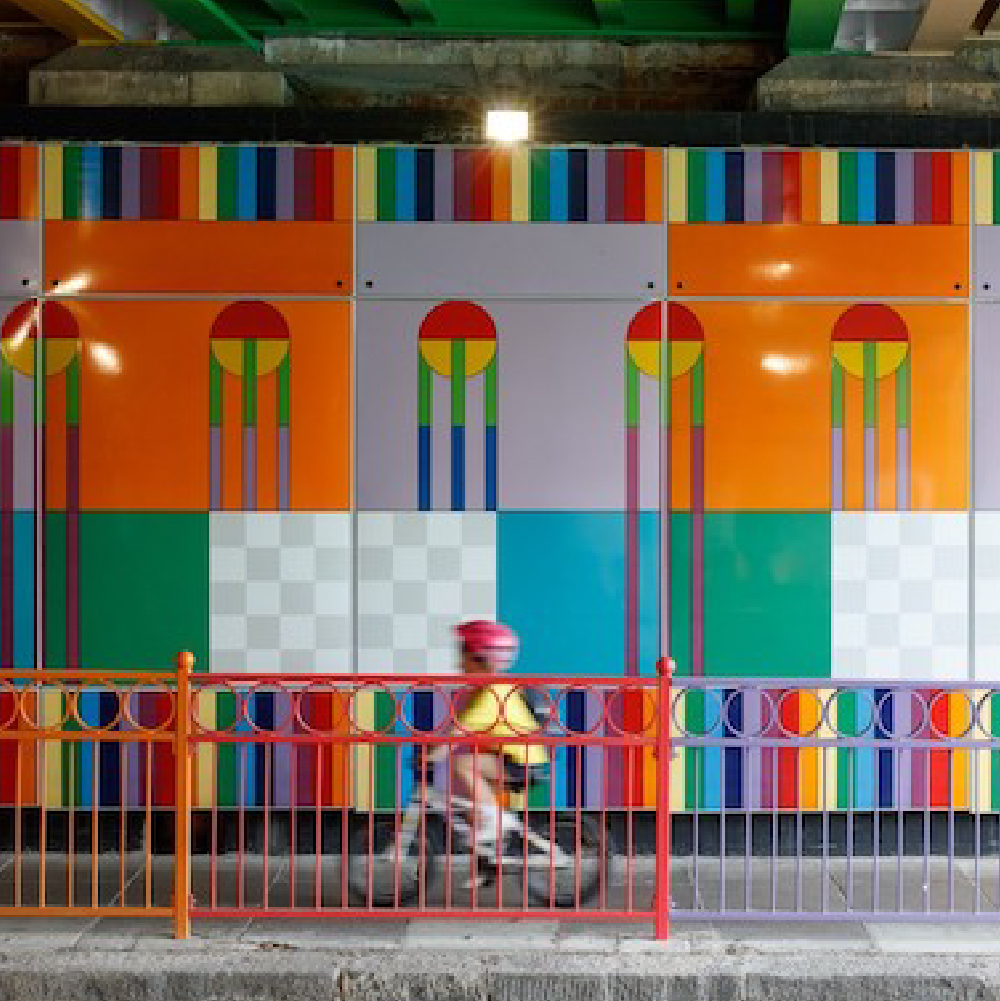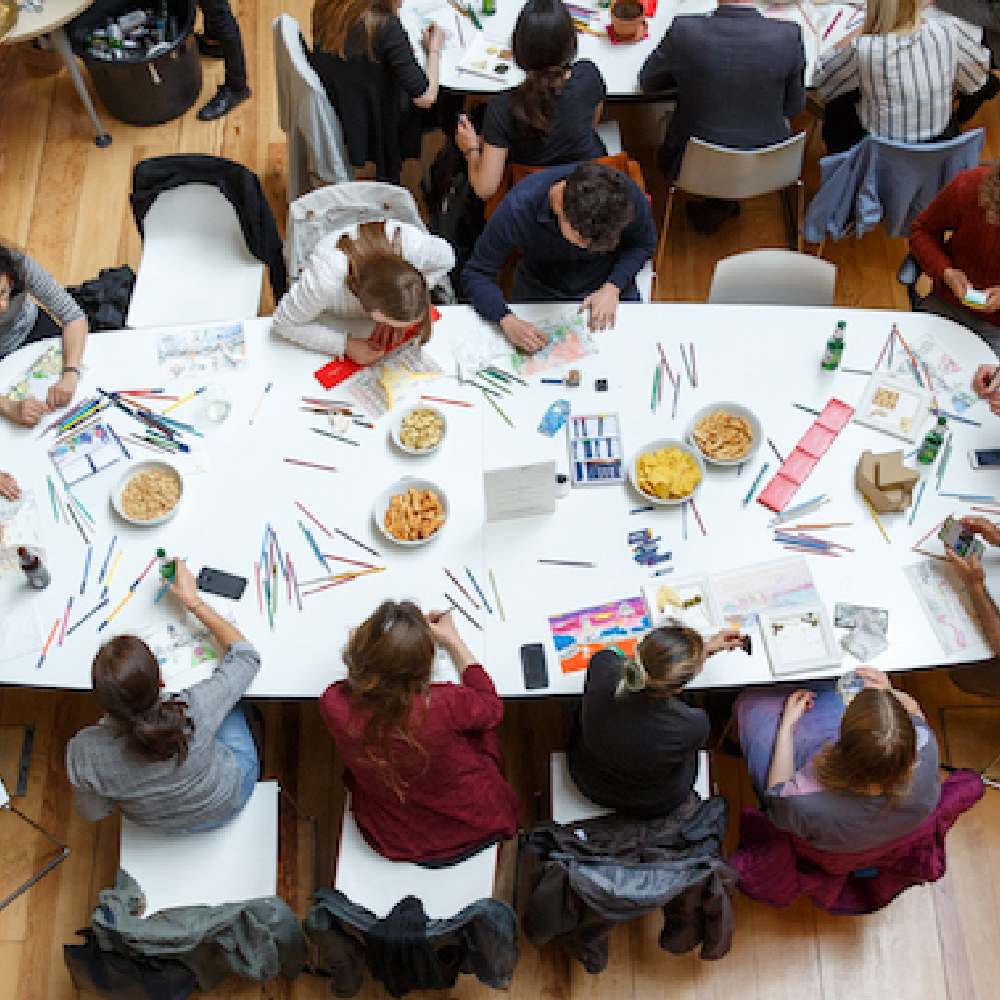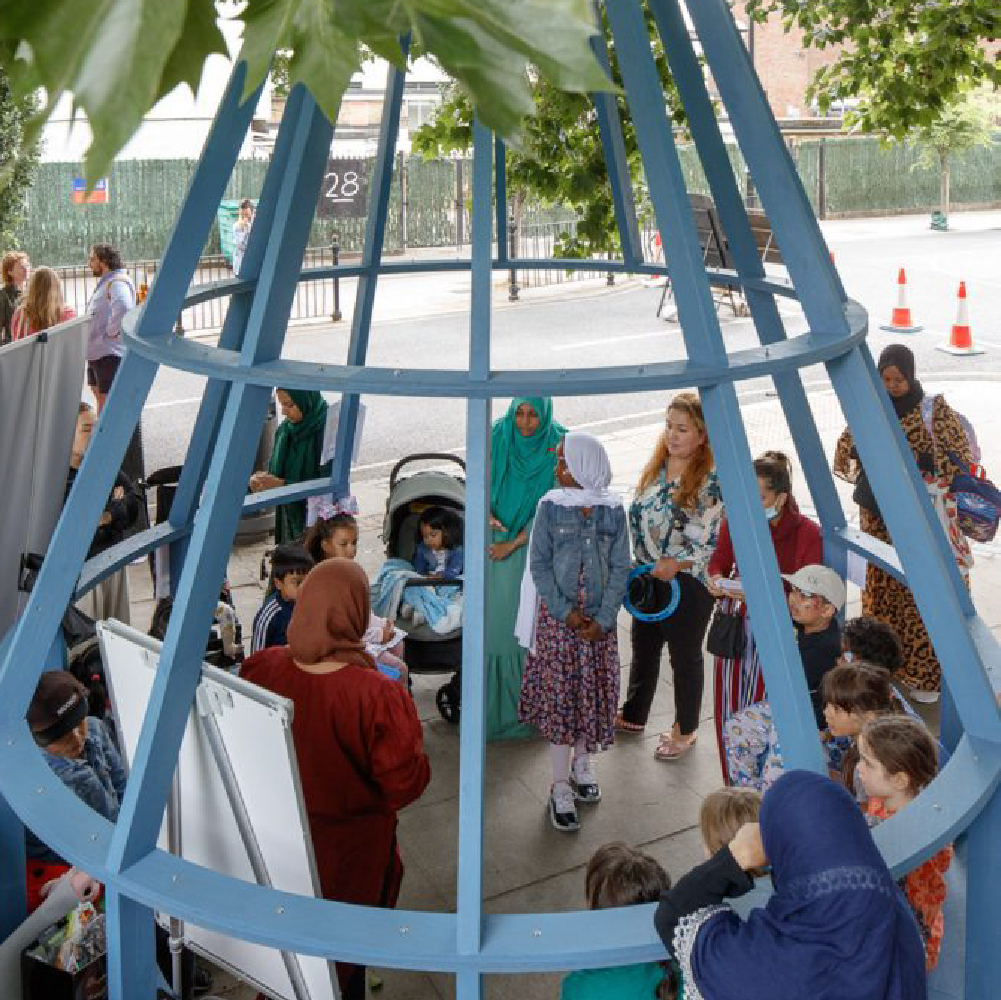
After sitting in an office without air con on a warm day your enthusiasm for events can sometimes wane. This one was touch and go – it was fully booked, I hadn’t registered, a cold glass of wine by the river appealed. But I’m delighted to report that this one was a real winner. ‘Art Galleries in Reclaimed or Listed Buildings’ was a discussion on the architecture of exhibition spaces and how spatial design changes our interaction with art. It was held at The Old Operating Theatre Museum, in the attic of the old St Thomas’ Hospital. We entered through a small door and climbed a 52-step spiral staircase that led us to the museum which is quite magical. Amongst the rafters are display cases of historical surgical equipment – the place is ghoulish and charming in equal measure. The talk itself was conducted in the museum’s operating theatre, built in 1822 it is the oldest surviving surgical theatre in Europe. It was such a spectacular start that the audience were already engaged and talking before the event began.
The event was chaired by Vanessa Norwood, The Building Centre’s new Creative Director and co-curator of the British Pavilion for the 13thVenice Architecture Biennale. Paul White of BuckleyGrayYeoman talked of Cromwell Place, a fascinating project to redevelop five listed buildings to create a collaborative hub for 30 galleries. Sir Charles Saumarez-Smith of the RA shared his experience working for some of the most prestigious art establishments as well as commissioning architectural spaces for art. Marlene von Carnap of Michael Werner Gallery focussed on the impact of architecture from a curatorial position.
The consensus was that the galleries benefited from the added character of a listed building, this wasn’t a huge surprise as all three speakers are working with listed buildings but it was interesting to hear about some of the contemporary considerations they needed to think of. Marlene talked of using the space to make Instagramable moments as part of the curatorial process, an increasingly important part of a visitor experience. The speakers also discussed a wider change in the way we visit galleries with Sir Charles explaining that architectural commissions for galleries have changed enormously in the last century, with greater emphasis on cafés and socialising spaces. Vanessa pointed out that even in the last twenty years there has been a significant change in European gallery design with a move away from ‘buildings with an ego’. The speakers agreed with Paul explaining that sensitivity was essential in their design approach and Sir Charles describing how the Chipperfield extension was attentive to the existing building and its access to light.
During the Q&A the speakers discussed their favourite art spaces which included a mix of contemporary and historical buildings. Sir Charles pointed out that on a US tour of major galleries he felt that many were super-efficient but machine-like, designed for logistics not people – he said ‘there is something important about the character of a space.’ And I don’t think we could have argued that, sat in a historic wooden surgical theatre with original operating tables holding the projector and laptop
– Jenny Watt


